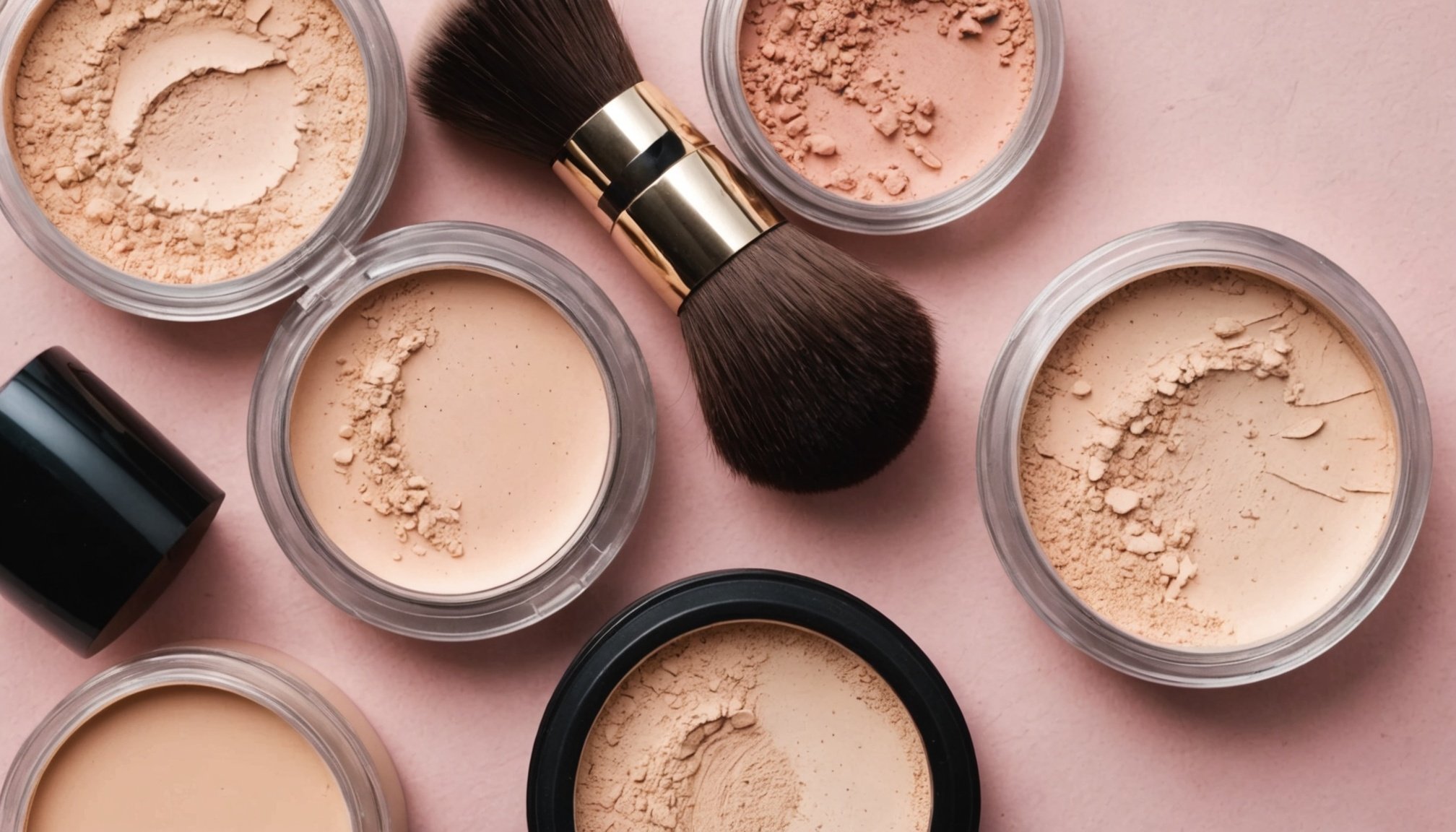Understanding Pale Skin with Pink Undertones
Pale skin can be distinguished by its lighter pigmentation, often appearing more delicate due to its reduced melanin levels. An essential feature of this skin type is its pink undertones, which are seen as a subtle pink or rosy hue primarily located beneath the skin surface. These undertones can impact the overall appearance of the complexion, making it crucial to recognize them for makeup selection and skincare procedures.
Individuals with pale skin and pink undertones might face unique skincare challenges, such as heightened sensitivity to sun exposure, which can lead to increased redness or irritation. Moreover, finding the right foundation shade can be tricky, as the undertones need to still look natural when paired with the right product.
Also to read : Unlocking Radiant Skin: How to Perfectly Layer Hydrating Serums Under Your SPF Moisturizer
The importance of identifying undertones in foundation selection cannot be ignored. When selecting a foundation, individuals should match their skin’s undertones to the product’s tone, helping to achieve a seamless and natural look. Knowing whether your skin has pink undertones can assist in determining whether a cool, warm, or neutral tone would best complement your complexion, providing a starting point for making informed beauty choices.
Essential Tips for Choosing Foundation
When it comes to foundation selection, understanding different formulations is critical. Liquid, cream, and powder foundations offer unique benefits and challenges, depending on your skin type. Liquid foundations are often preferred for dry skin due to their hydrating properties, while powders suit oily skin as they help absorb excess oil. Cream foundations provide excellent coverage but might be too heavy for those prone to breakouts.
This might interest you : 10 Must-Have Wardrobe Staples for a Chic and Professional Look at Work
The texture and finish of a foundation should complement your specific skin type. For example, a matte finish might be ideal for oily skin, whereas a dewy finish can add a healthy glow to dry skin. When selecting products, individuals with sensitive skin should look for hypoallergenic ingredients to minimize irritation.
Some essential ingredients for sensitive skin include aloe vera and chamomile, known for their soothing properties. It’s also advantageous to choose foundations free from parabens and fragrances, which could trigger reactions.
To achieve the best results, always consider your skincare routine in conjunction with foundation selection. By focusing on these factors, you can ensure that your foundation not only matches your skin tone and undertone but also caters to your skin’s needs.
Color Matching Techniques
Achieving a flawless complexion begins with the art of color matching. When testing foundation shades, natural light is your best friend. Place a dab of foundation on your jawline, where your face meets the neck, to see how well it blends. This location helps prevent the dreaded line of demarcation. Remember, neutral undertones can effectively balance pink undertones, aiding in a seamless match.
Using swatches at home lets you compare multiple shades side by side. Apply small amounts along your wrist or forearm and observe how they blend over time. Doing this in different lighting conditions, such as daylight and indoor lighting, helps ensure the shade complements your unique tones.
Testers in stores provide another invaluable opportunity to try before you buy. Apply a little to your jawline and wait a few minutes. As the product settles into the skin, its true colour will become apparent.
Understanding and utilizing these techniques can enhance your foundation selection process. By taking the time to swatch and test shades, you’ll ensure that your makeup routine accentuates your natural beauty and harmonizes with your skin’s undertones.
Recommended Products for Pale Skin with Pink Undertones
Finding the perfect foundation match for pale skin with pink undertones requires a blend of artistry and science. As individuals need products that cater to their unique complexion, exploring top-rated products can make all the difference. Start with foundations renowned for their wide range of light shades. Brands such as NARS and Fenty Beauty offer a variety of options designed to complement your skin tone. These brands often provide foundations that not only match the pink undertones but also cater to sensitive skin by being fragrance-free.
When comparing product formulas, consider the coverage and finish—light coverage options like Glossier’s Perfecting Skin Tint can seamlessly blend with pale skin, offering a natural look. Meanwhile, full coverage foundations like Estée Lauder’s Double Wear provide durability and even complexion.
User testimonials often highlight the success of these products in achieving a flawless appearance. For instance, those with pale skin frequently commend MAC Studio Fix Fluid for its long-lasting wear without oxidising excessively on paler complexions.
By understanding how these picks cater to the nuances of pale skin with pink undertones, users can navigate their options more effectively and select products that enhance their natural beauty.
Application Techniques for Flawless Results
Achieving a flawless makeup look starts with mastering the right application techniques. It’s vital to be mindful of each step to ensure your foundation appears seamless and natural. Begin with a clean, moisturised face; this is the essential base for any foundation application. Always select tools suited to your needs, such as a synthetic foundation brush for precision or a damp makeup sponge for a more airbrushed finish. Opt for fingertips if you prefer a more tactile approach, as the warmth of your hands can help melt the product into the skin for a seamless blend.
To apply foundation, start at the centre of your face and blend outward in gentle, circular motions. This method prevents any harsh lines of demarcation and ensures even coverage. Remember to use less product than you think you need—it’s easier to build coverage in layers.
Setting your foundation is key to long-lasting wear. Use a translucent powder to lock in your look, focusing on areas that typically get oily, like the T-zone. Follow with a setting spray to maintain a dewy finish and further enhance your makeup’s endurance, ensuring your beauty efforts remain undisturbed throughout the day.
Addressing Common Issues
Pale skin with pink undertones often brings unique challenges. One frequent concern is foundation oxidization, where the makeup darkens or turns orange over time. To tackle this, start with a foundation a shade lighter and use a primer to create a barrier between the skin and foundation. Opt for brands known for stable formulations that maintain their true colour throughout the day.
Uneven texture or dryness can also hinder a smooth application. Prioritise hydrating skincare, such as hyaluronic acid serums and non-greasy moisturisers, which prepare the skin for foundation. Another trick is using a gentle exfoliant regularly, ensuring a smooth canvas.
Removing makeup without irritation is crucial. Choose oil-based or micellar water cleansers, as they effectively break down makeup without stripping the skin. For those with sensitive skin, a gentle cleansing tool or soft cloth can aid in removing residual makeup without causing redness or discomfort.
Adopting these best practices will improve foundation application and contribute to healthier skin. Adjust your approach based on specific concerns and skin type to ensure that pale skin with pink undertones remains radiant and well-cared for.








